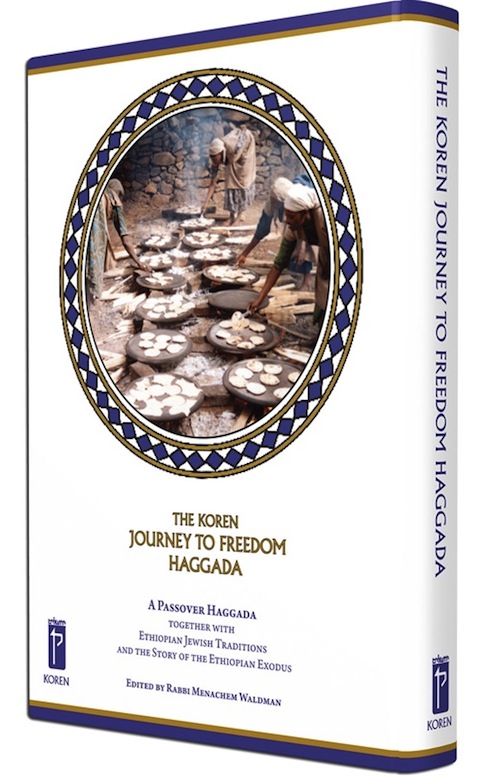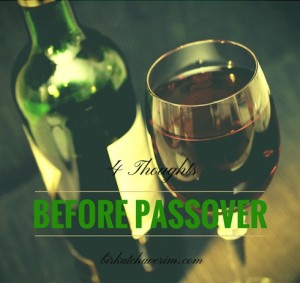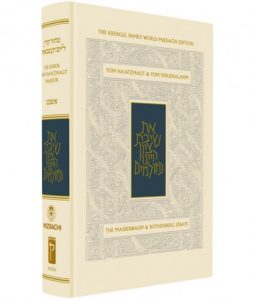 Review: Koren Ethiopian Haggada: The Journey to Freedom (Hebrew/English Edition)
Review: Koren Ethiopian Haggada: The Journey to Freedom (Hebrew/English Edition) ed. Rabbi Menachem Waldman Trans. Binyamin Shalom Koren Press
Pesach is coming and we’ve already taken out all the Haggadot and begun to think about how to make the seder and the telling of the Pesach story meaningful both for ourselves and our kids. I was very happy to receive a copy of the Koren … because it is a great resource for making the exodus story relevant to today. The story of Ethiopian Jewry’s return to Israel is a great example of BKol Dor VDor Chayav Adam Lirot et Atzmo Keilu Yatza Mimitzrayim (in every generation a person should see himself as if he is leaving Egypt.)
This hagaddah celebrates this story, in part, through stories, photos and manuscripts which add to the traditional text of the Hagadah. There are some very moving stories included. For instance, Joseph HaLevy’s account from 1868 of meeting Ethiopian Jews and telling them about the loss of the Beit Hamikdash. I would want to read that with my kids on the 9th of Av as it is quite moving. The personal accounts of journeys from home home villages to Israel, including the hardships encountered by individuals and families both helps the reader better appreciate the effort Ethiopian Jews made to move to Israel, as well as adds to the Passover story.
The Haggadah includes many interesting photos, letters and images. It should be noted that the book gives you a taste of the story and leaves you wanting to learn more. There is a good bibliography in the back of the Hagaddah as well as sources for most of the images included in the book. The editor, Rav Menachem Waldman, has authored a number of books on Ethiopian Jewry and is quite knowledgeable about the topic given his many years working with Ethiopian Jewry (he continues to do so today.) Most of these works are in Hebrew.
One thing I would have liked to see is more references to where the source material was from. There is a list of sources for images based on collection, but this type of list is not so useful for material objects. For instance, most or all of the embroideries, mss photos and illustrations are sources to the collection of Rav Waldman. There isn’t anywhere that explains, for instance, that the embroideries were a project of NACOEJ (North American Conference of Ethiopian Jewry) as a means of creating job opportunities for heads of families in Ethiopia prior to Aliyah and that the embroideries make use of traditional iconography. I would have liked to know more about the illustrations as well. This however, does not detract from the Hagaddah and it is a useful family resource.
It would have been nice to see some more about the Ethiopian community in Israel today. It happened to be that a few weeks after receiving the Haggadah for review, I had the opportunity to meet a young man who made aliyah from a village near Gondor and is now in an elite army unit (he was modest and safety conscience so did not wish to speak about this.) He had the choice between this type of service and doing atuda (a prestigious program where he would have gotten a degree which he would then have applied towards army service.) Hearing his perspective about moving to Israel and how life changed was extremely interesting.For my family, seeing what their friends families and people they know encountered definitely adds to the Pesach story.




[…] We have a number of reviews of Haggadot on our site, such as Rav Mitch Hefetz’s Haggadah, the Ethiopian Haggadah, or the artistic Szyk Haggadah. These can serve as a starting point for ideas. There are also some […]